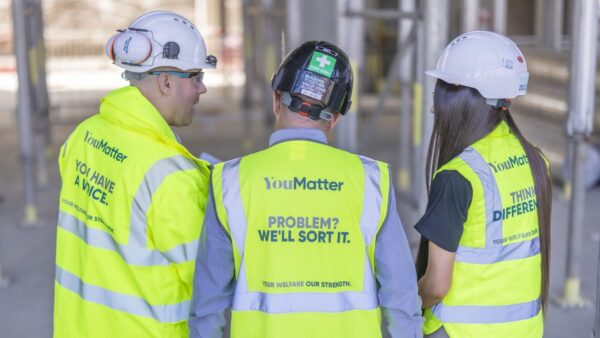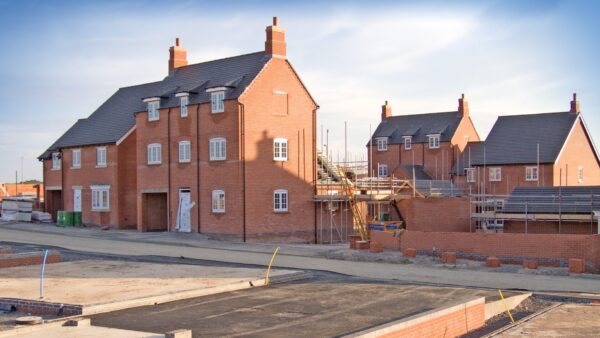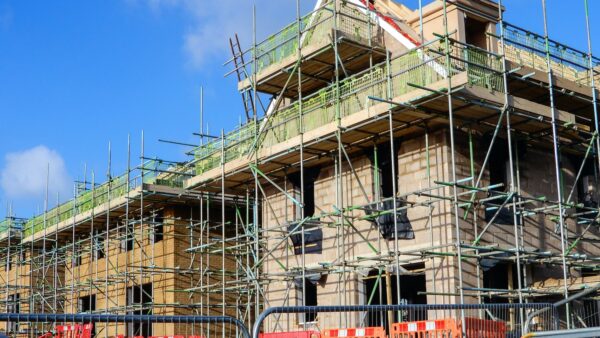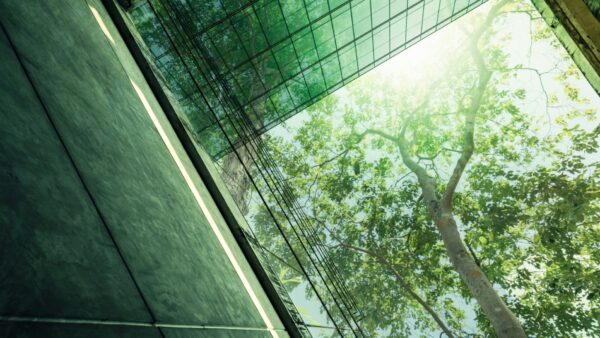
The new Competence Framework for Procurement in the Built Environment is an essential reference for the whole industry supply chain, writes Paul Nash.
“Those who procure, design, create and maintain buildings are responsible for ensuring that those buildings are safe for those who live and work in them.”
The words of Dame Judith Hackitt in her Building a Safer Future report have helped drive and shape the new Competence Framework for Procurement in the Built Environment, published this month.
By setting the highest standards of procurement competence across the life cycle of a building and at all levels within the supply chain, the framework aims to address a key finding of Hackitt’s 2018 report, which identified that poor commercial and procurement practices in the years leading up to the Grenfell fire had driven a ‘race to the bottom’ where the focus was on price and margin at the expense of safety.
The framework has been developed by a working group comprising representatives from across the built environment sector and is aligned with the Chartered Institute of Procurement and Supply (CIPS) Global Standard and Royal Institute of British Architects (RIBA) Plan of Work 2020.
Importantly, the framework is aimed at anyone who is a ‘procurement practitioner’, so not only clients but anyone who is responsible for procuring works, goods (including construction products) and services throughout the supply chain.
The document is not restricted to higher-risk buildings (HRBs), but recognises that there are additional competencies required for HRBs, and references the government guidance created by procurement law specialist Professor David Mosey.
This guidance highlights four fundamental features that need to be present in the procurement process for any project: selection by value that avoids a race to the bottom; early supply chain involvement that improves safety and reduces risks; collaborative relationships that involve residents; and a golden thread of information that integrates design, construction and operation.
Skills and knowledge
Procurement competency in the built environment sector requires the right skills, knowledge, experience and behaviours to respond to the complexity and life cycle needs of a building. It is now for professional bodies to develop training and assessment schemes based on the framework and educate their members.
This is only the first step in changing construction’s procurement culture. As Hackitt has said: “Procurement sets the tone of the whole project and must promote collaboration and early stage design work which involves the whole supply chain and delivery of real value and fit for purpose buildings. The challenge now is to ensure that this framework is adopted and put into practice.” l
Paul Nash PPCIOB is chair of the working group which developed the new Competence Framework for Procurement in the Built Environment, which is available for download at www.cips.org.
Comments
Comments are closed.












Great title and intentions – but why won’t this be another ‘false dawn’? My comments are specific to the facade sector, given the Grenfell tragedy is the key driver for change in the industry at present.
(1) Design undertaken by consultants who do not carry responsibility going forward yet retain decision making when it comes to alternatives proposed by the eventual facade contractor needs to be stopped. Either they retain the design responsibility wholly or in part, or they step aside from blocking alternative designs/products. (2) Design by consultants who engage only with suppliers of proprietary products prior to ostensibly arriving at a final design needs to be stopped. We regularly receive enquiries requiring the design & build contractor to take full responsibility for the outcome for 25 years, yet are full of proprietary products for which warranty/guarantees are not only considerably less than 25 years, but are so limited in remedy and so carefully caveated in responsibility, they are barely worth the paper they are written on. Suppliers of proprietary products must be made to take appropriate responsibility consistent with that imposed on the contractor. (3) Consultants, must engage with specialist design & build facade contractors and ideally bring them on board right at the start of the process – before selection of materials, planning, etc…(4) Can everyone please understand that despite their glossy brochures and websites, tier 1/general contractors are not specialists – and often far from it. Every one of their facade projects was carried out by a design & build facade specialist. The practice of going to a tier 1/general contractor for facade remediation or facade only projects makes absolutely no sense. (5) Any idiot can come up with the lowest price (especially for a prescribed design), but the litmus test of a specialist is seen in their track record, and proposed design, along with price, as a whole.
All opinions are my own